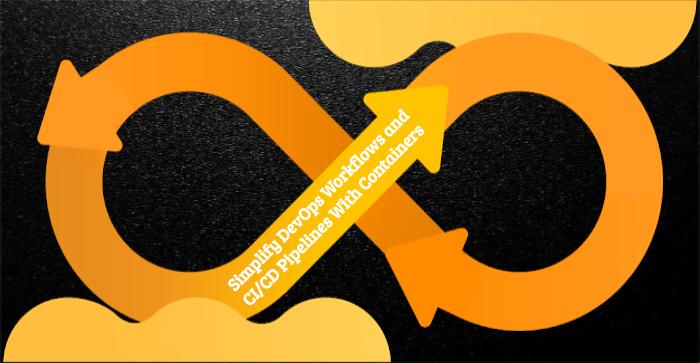
DevOps allows businesses to take complete use of the flexibility of cloud resources in actual environments, which is a significant game changer. DevOps revolutionises IT deployment from end to end, from a waterfall-style procedure gating company productivity to a dynamic process that produces faster processing software as the agile methodology makes the engineering team more proactive.
By hardware and software resources management, organizations have been positioned to take control of increasingly flexible assets and are able to move away from conveyor belt-style project delivery. DevOps gives a solution to the question, “How can we execute entire projects with equal response if we can offer resources quickly and accurately?”
Staying rational and responsible doesn’t have to drag down procedures as DevOps reduces the barrier across development and operations. Organized communication continues, but in an iterative, progressive manner, similar to how a jewel is polished.
Also Read: 3 DevOps skills IT leaders need for the next normal
Enabling CI/CD
DevOps has made it possible to automate processes in order to build, debug, and program quickly and consistently. Although continuous integration and delivery (CI/CD) isn’t a new phenomenon, technologies like Jenkins have helped to establish what a CI/CD pipeline must look like. While DevOps signifies a cultural shift within an organisation, CI/CD is the motor that propels DevOps forward.
Smaller changes must be implemented more frequently with CI, but the code is checked against version control sources. As a result, there’s a lot more uniformity in the way programmes are built, packaged, and tested, which leads to improved cooperation and software quality. Where CI finishes, CD begins. Because teams work in a variety of contexts (prod, dev, test, etc. ), CD’s purpose is to orchestrate code deployment to different environments and execute database and server service calls.
The CI/CD idea isn’t novel, but we don’t have the necessary tools to effectively relish the rewards of CI/CD until now. Containers make implementing a CI/CD pipeline quite simple, allowing for a far more collaborative culture. Containers are small and light, yet they may scale indefinitely, run in any setting, and are extremely adaptable. It doesn’t get any more straightforward than this.
Instead of transferring code across multiple virtual machines (VMs) in separate settings, you can now transfer program across containers–or container clusters, as in the case of Kubernetes. Containers employ a distributed microservices paradigm, whereas VMs are static and use a monolithic application architecture. This brings up new possibilities in terms of elasticity, accessibility, and resource utilisation.
Group members can connect with their colleagues and discuss innovations as an element of a DevOps team-oriented strategy, feeding their expertise and experiences into the growing process. Development teams can put the increased resources to work by architecting solutions using technologies like containers & Kubernetes.This collaboration allows Ops to quickly implement, expand, distribute, and update the solution by working collaboratively without delays.
Also Read: 3 DevOps skills IT leaders need for the next normal
Putting it all Together
DevOps has enabled businesses to rethink their whole development process. While DevOps promotes cultural change, CI/CD is the backbone of the DevOps movement. Containers and other new tools are making it easier for enterprises to take advantage of CI/CD. Data storage, on the other hand, must be considered because it underpins a flexible DevOps environment. Failover, disaster recovery, and other key availability and dependability characteristics are also included. The flexibility that a dynamic DevOps environment requires is provided by software-defined storage. It’s a critical component of your DevOps program’s success.
BDCC
Latest posts by BDCC (see all)
- Cloud computing in healthcare: Uses and benefits - June 23, 2025
- What are the Best Practices for Terraform File Structure? - June 10, 2025
- From Monolith to Microservices: DevOps Strategies For a Smooth Transition - June 5, 2025

